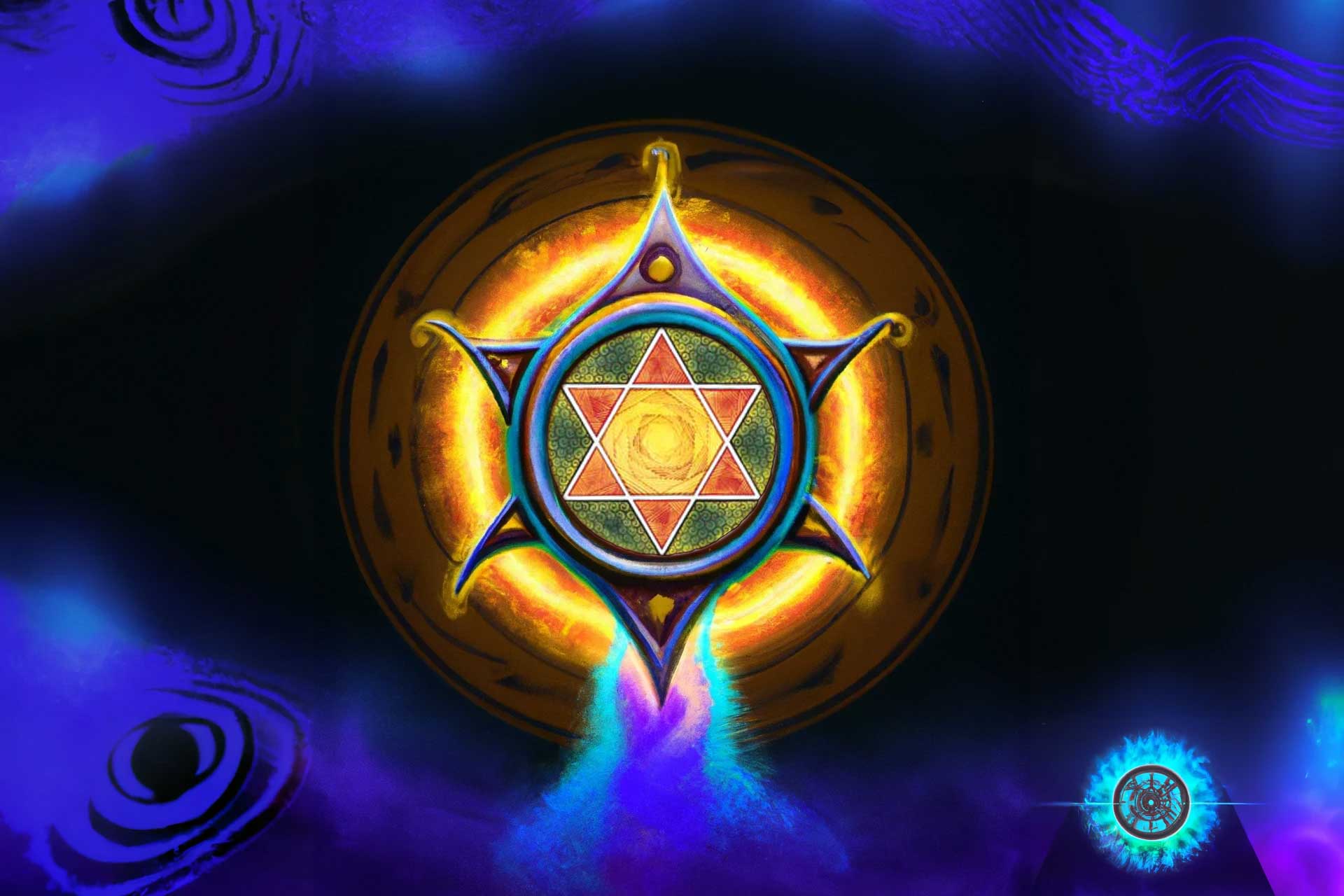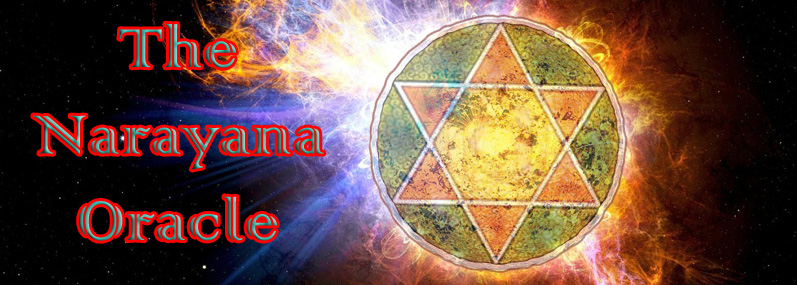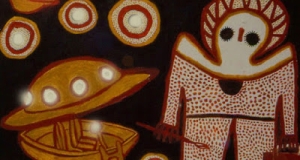
Shatkona, the ancient Indian symbol of balance and harmony, has been a significant aspect of Hinduism, Jainism, and Buddhism for centuries. This sacred symbol in Indian architecture and geometry represents the cosmic balance of the universe and the unity of male and female energies. In this informative article, we’ll delve into the definition, significance, and practical ways of incorporating Shatkona into our daily lives for a path to inner peace and harmony.



